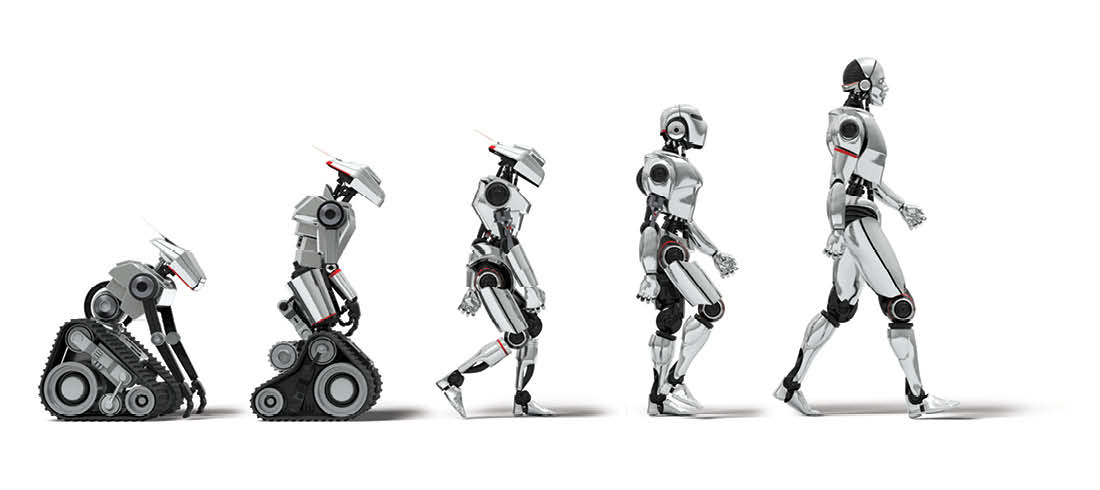
A mother robot designs and builds her own children, with each generation better suited to the environment than the last. By the final round, she has produced a generation that is over twice as fit as the first.
The experiment, conducted by researchers at the University of Cambridge, aimed to test the customization and evolution potential capable by robots.
“We think of robots as performing repetitive tasks, and they’re typically designed for mass production instead of mass customization,”says lead researcher Dr. Fumiya Iida. “But we want to see robots that are capable of innovation and creativity.”
In their experiment, a mother robot built her own children and allowed them to run, using the total distance traveled in a certain amount of time as an indicator of fitness. The best-performing child was used to inspire the design of the next generation of children, passing down the most preferred traits in a pseudo natural selection format.

The children were created using one to five plastic cubes with a motor inside. Each generation of the experiment had 10 children, with 5 generations total. By the final iteration, the fittest offspring completed the task twice as quickly as the fittest individual from the initial generation.
The robots “evolved” in the same way as animals. The robots had something resembling a genome which contained 1 to 5 genes, each containing information about the child’s shape, construction, and movement. In each generation, the most successful offspring remained unchanged, while the other offspring were subjected to genetic mutation, deletion, and crossover. Their performance improved over time, and by the end of the experiment, the mother had created new shapes and gait patterns for the robots that human designers would have been unable to think of.

While Iida could have simply used a computer simulation to run the experiment, which is what most experiments in evolutionary robotics do, a large problem that arises is the mismatch between simulated and real-world results. Simulations to study artificial evolution allows researchers to generate millions of possibilities in short amounts of time, but having a robot generate its own possibilities actual produces more successful children. At the same time, the robot takes much more time to produce these results; the above experiment required about 10 minutes to design, build, and test each child.
Robots are not adaptable in the same way that animals are. They cannot change their shapes and grow, instead being stuck in their shape for their lifespan. Iida draws inspiration from nature to apply to his robotics work. His lab contains inventions like hopping robots, inspired by grasshoppers, and a “chairless chair” which locks the user’s knee joints so that they can sit anywhere. Nature’s efficiency is amazing; robots require between 10 and 100 times more energy than an animal to do the same thing.

“It’s still a long way to go before we’ll have robots that look, act, and think like us,” Iida admits. “But what we do have are a lot of enabling technologies that will help us import some aspects of biology to the engineering world.
The results were published in an open access journal, PLOS One.